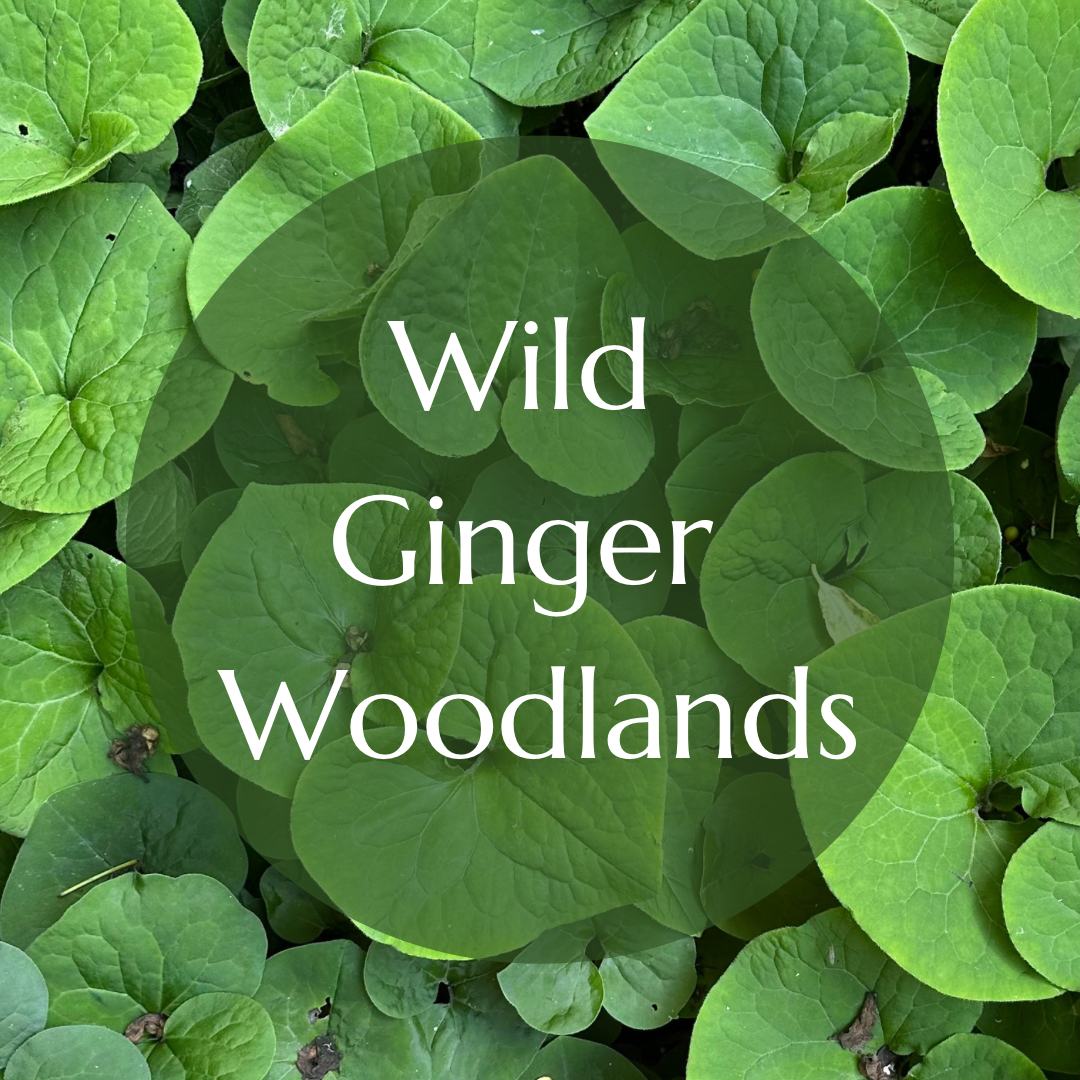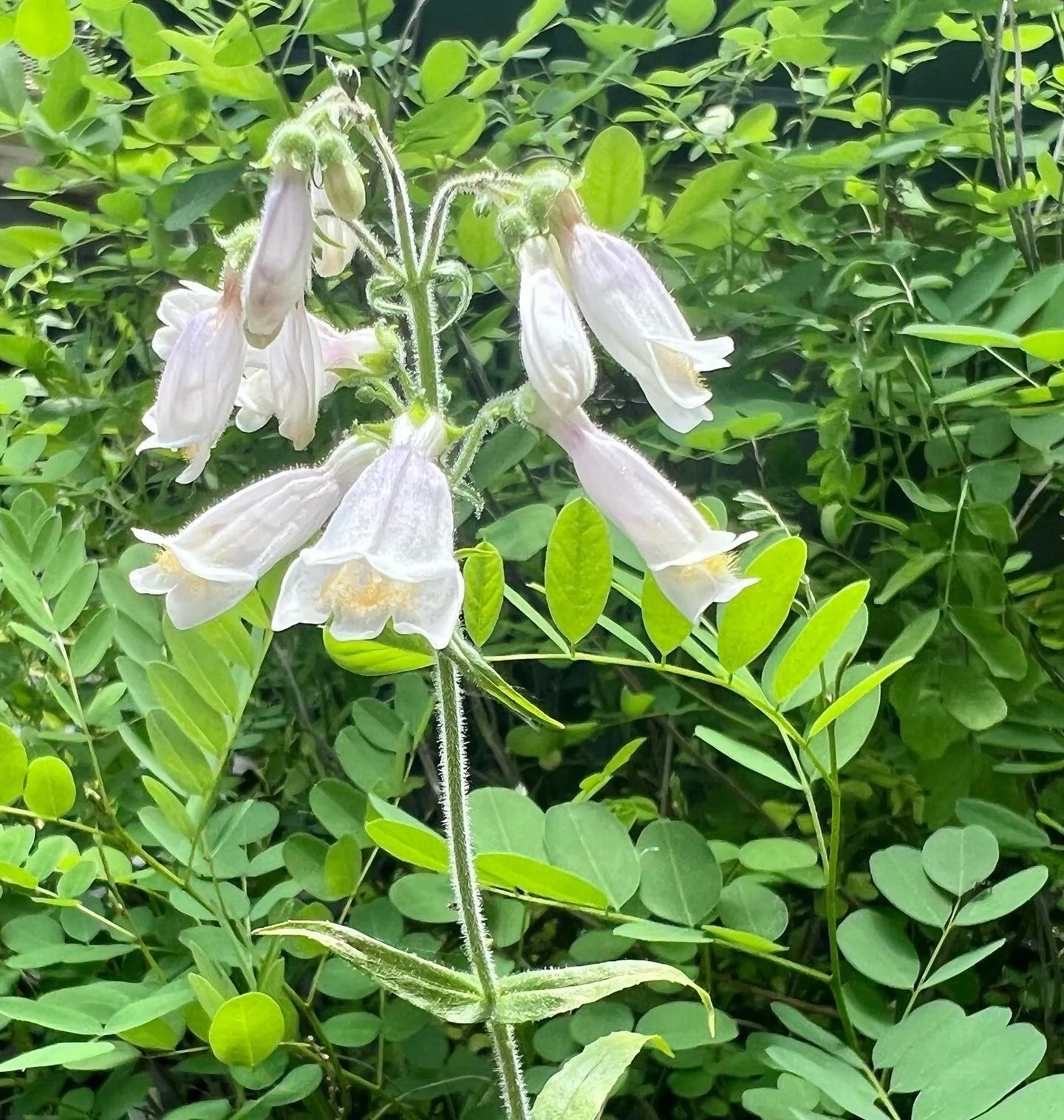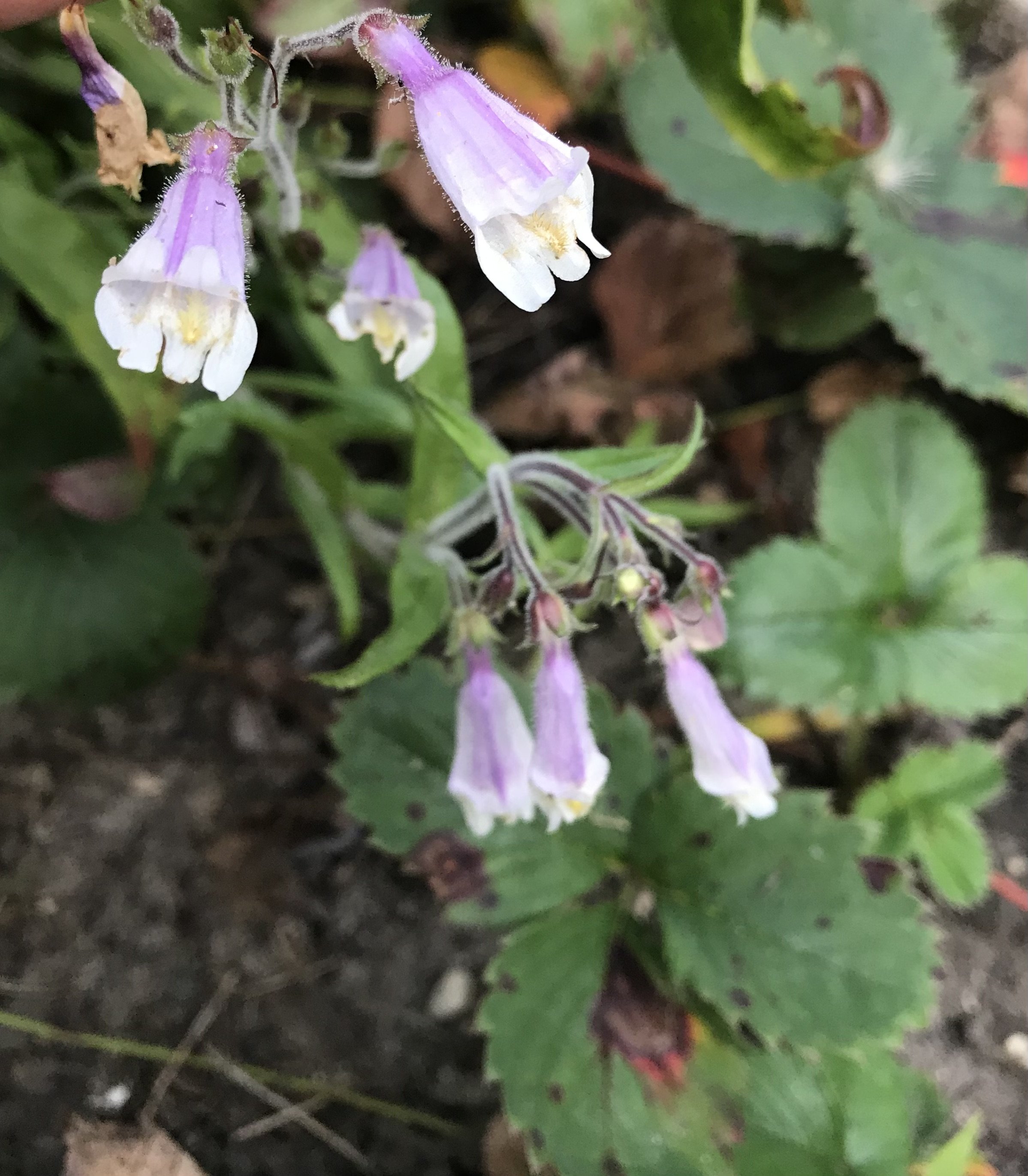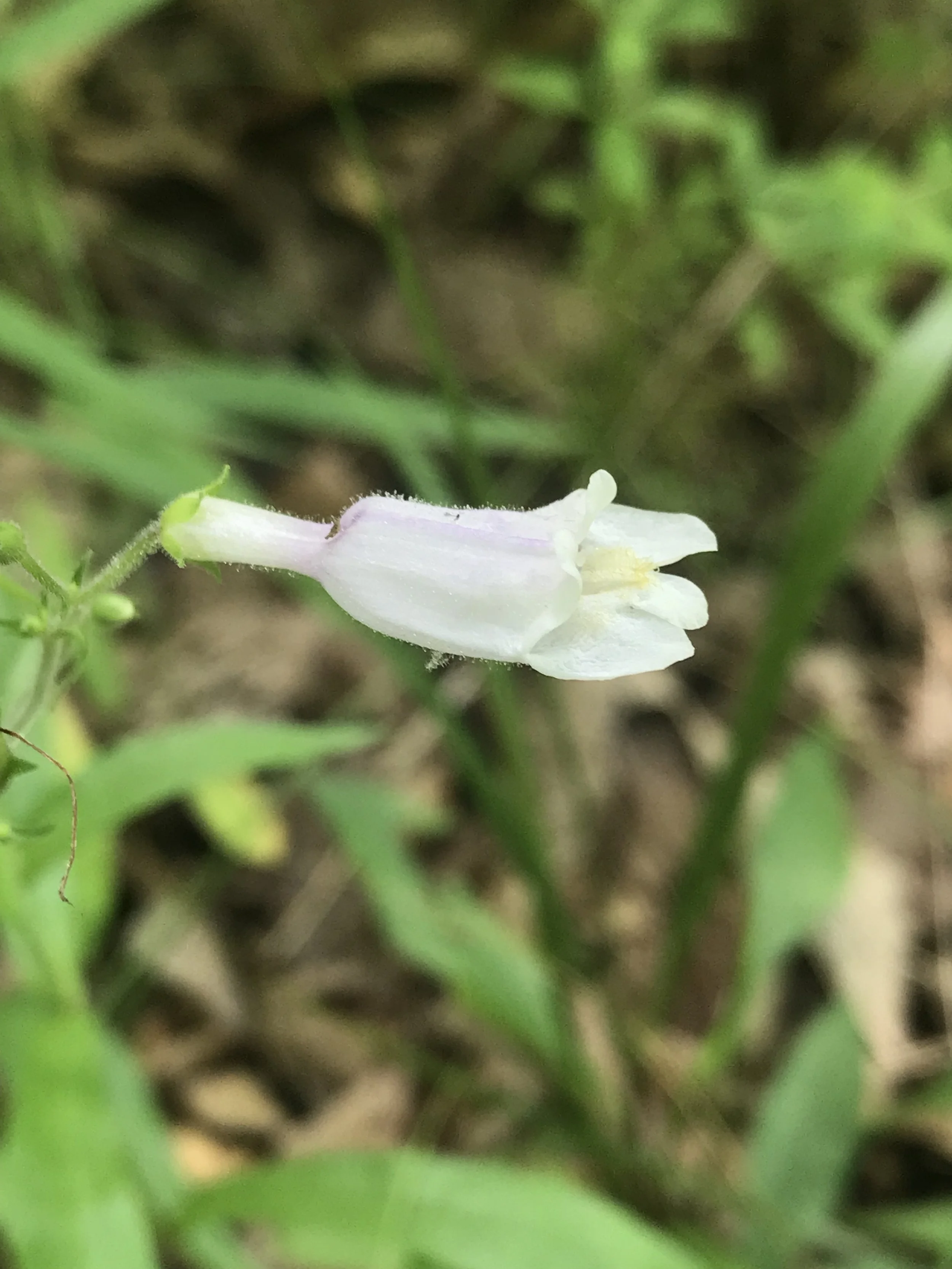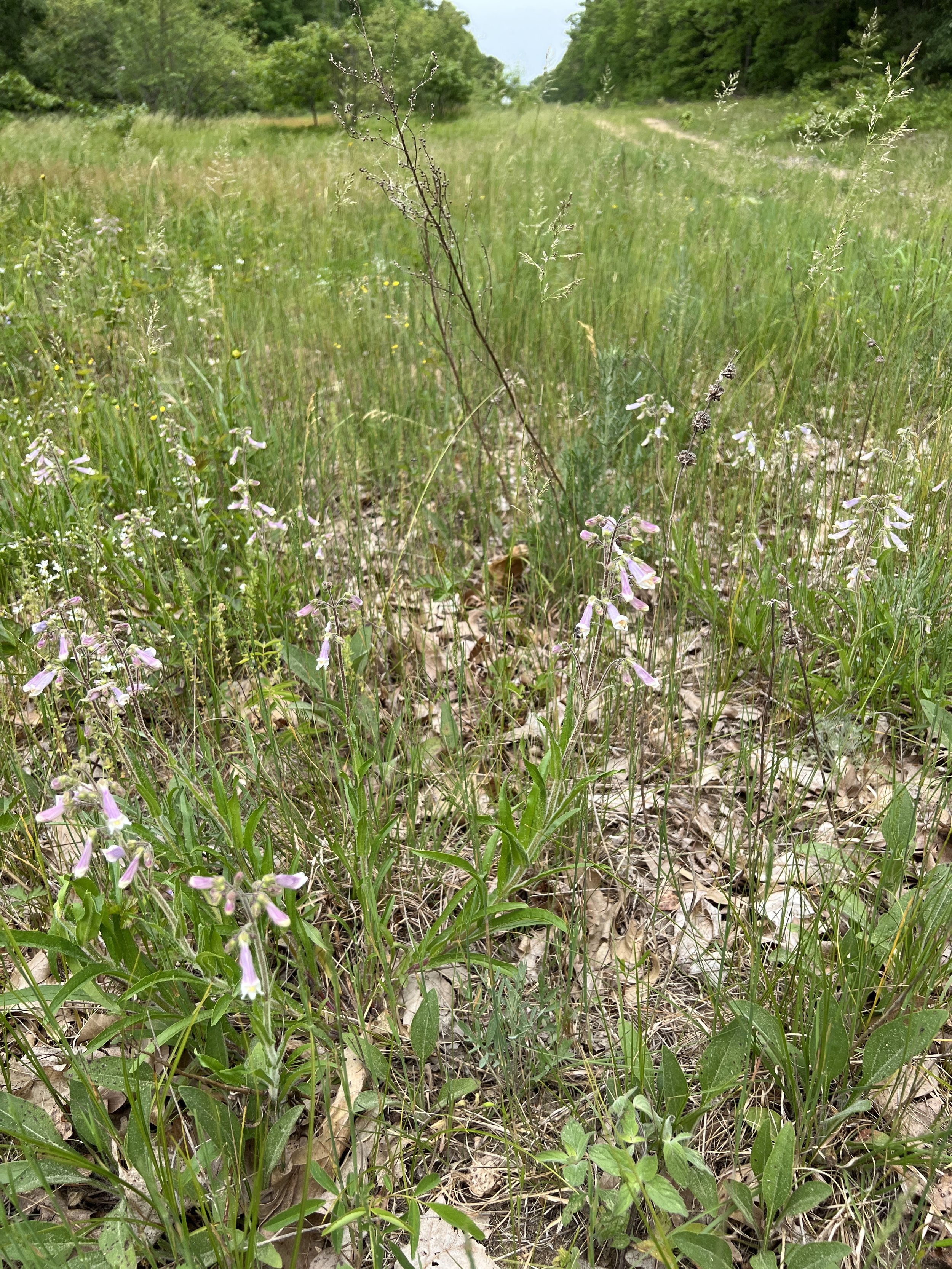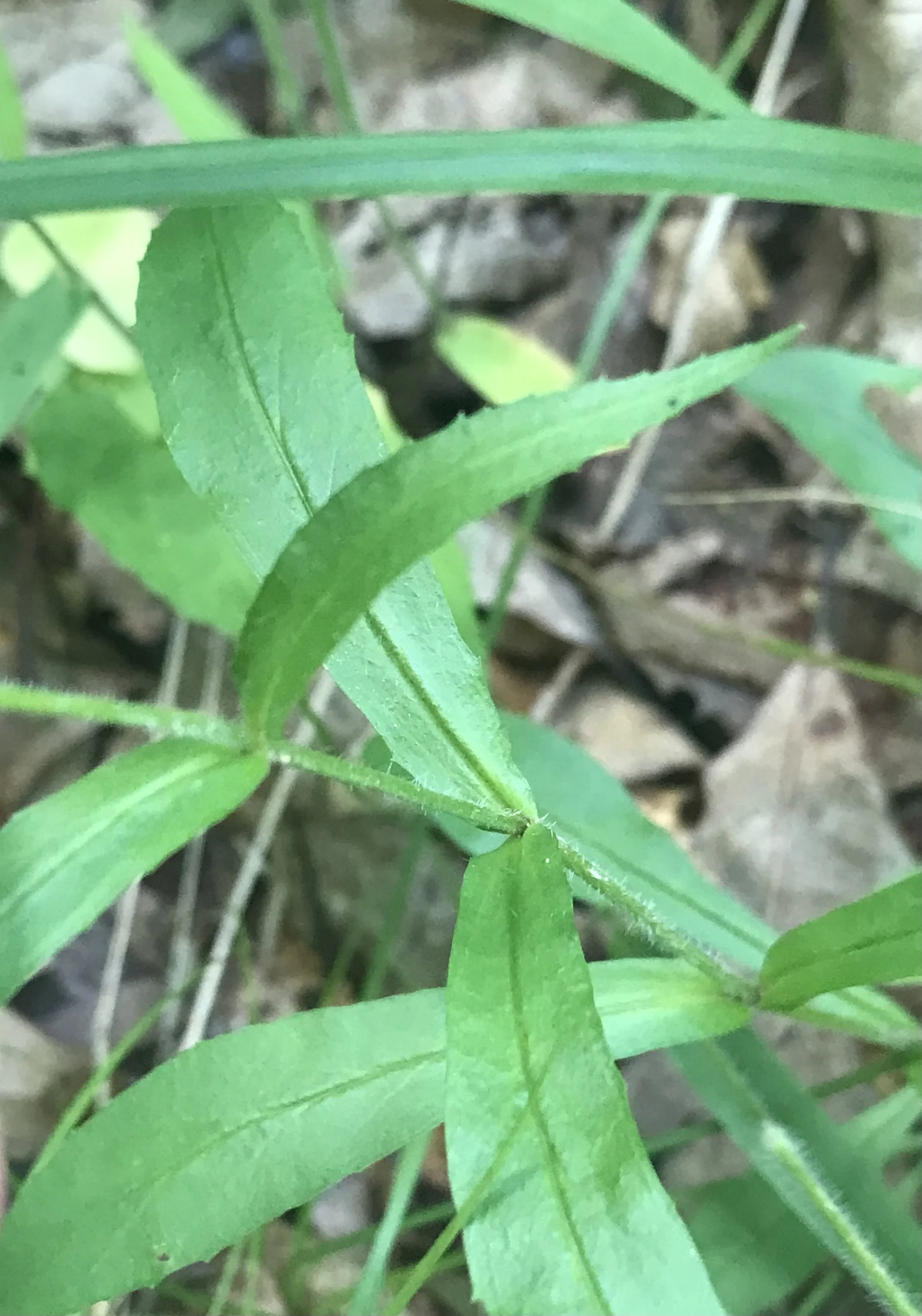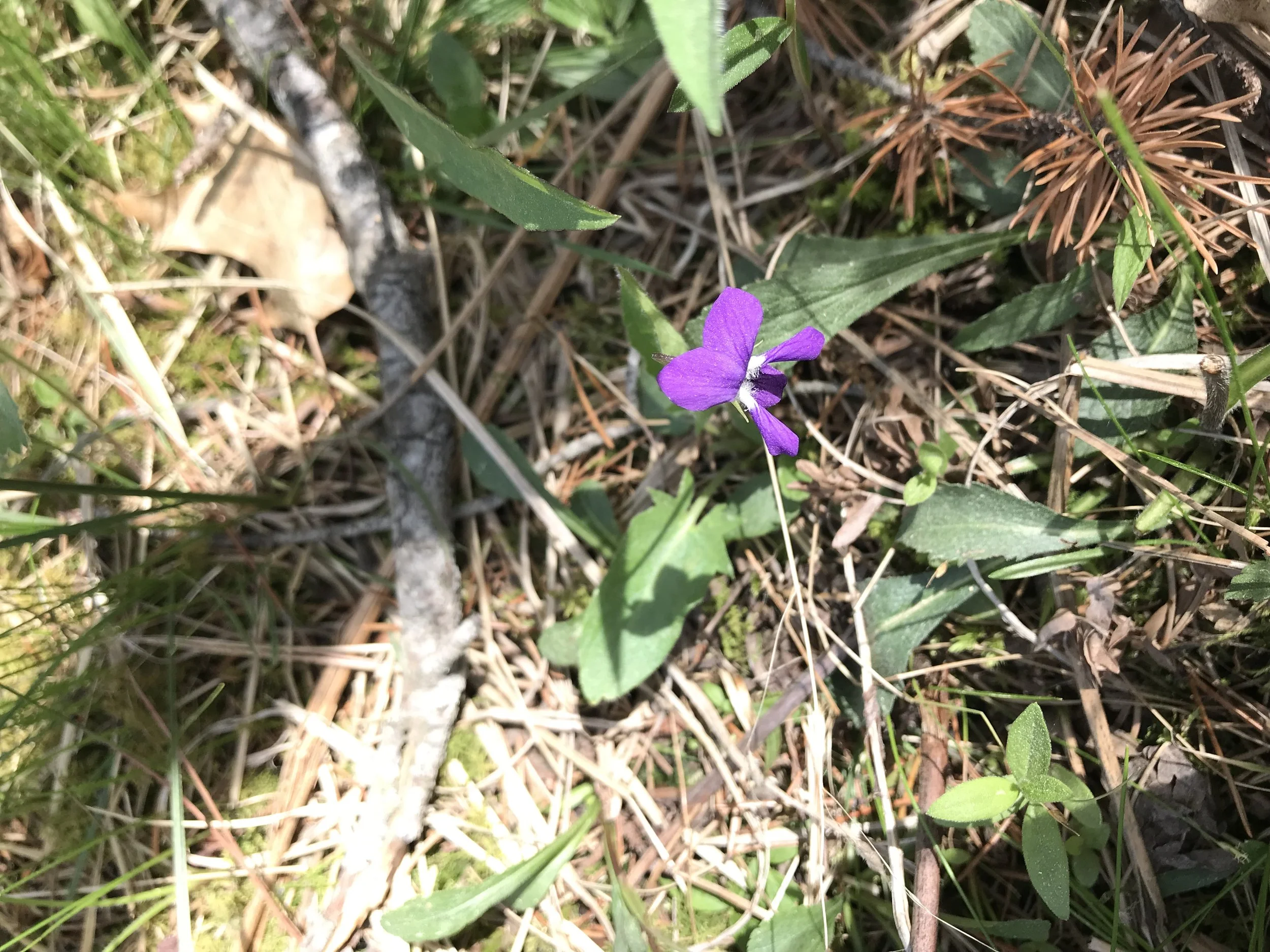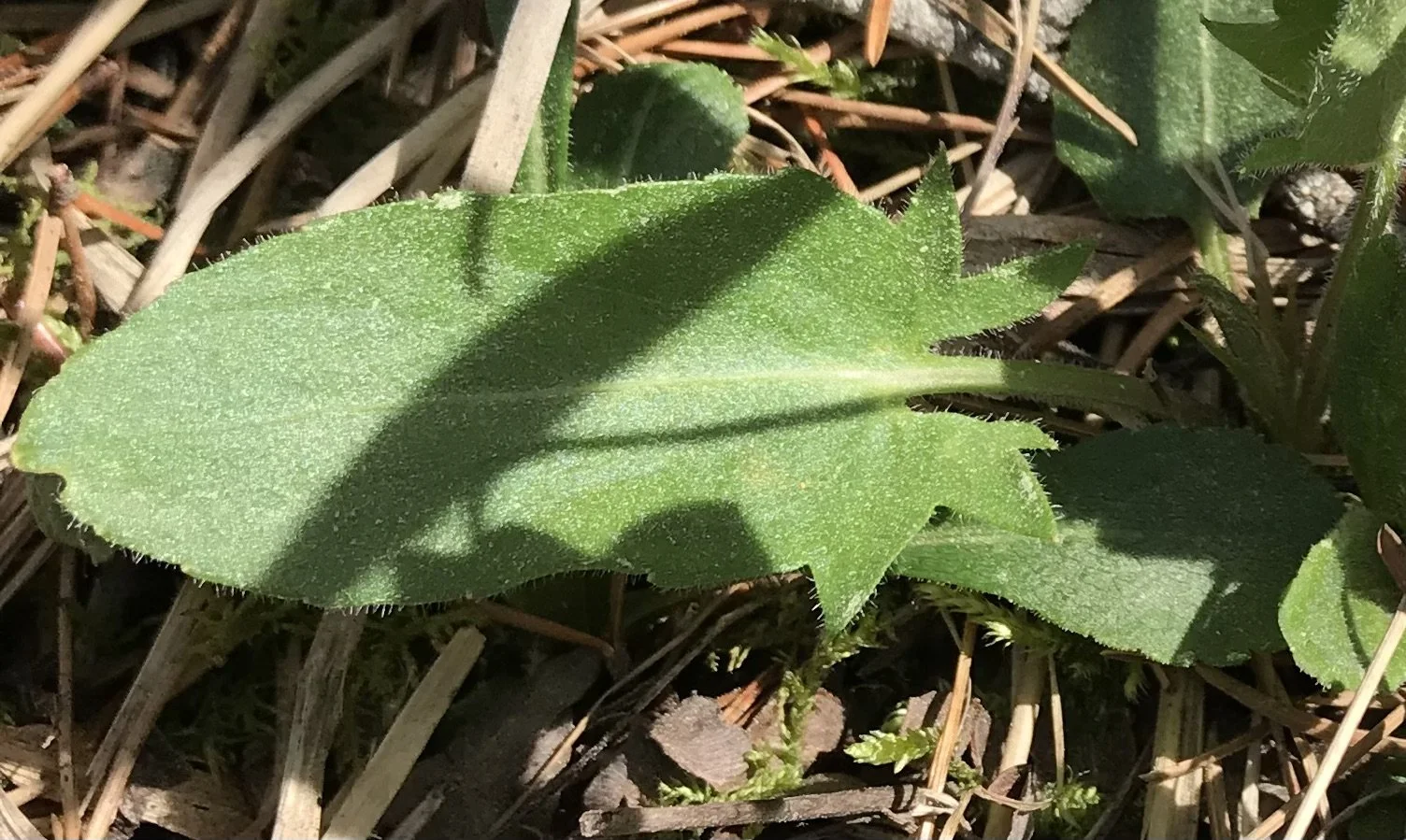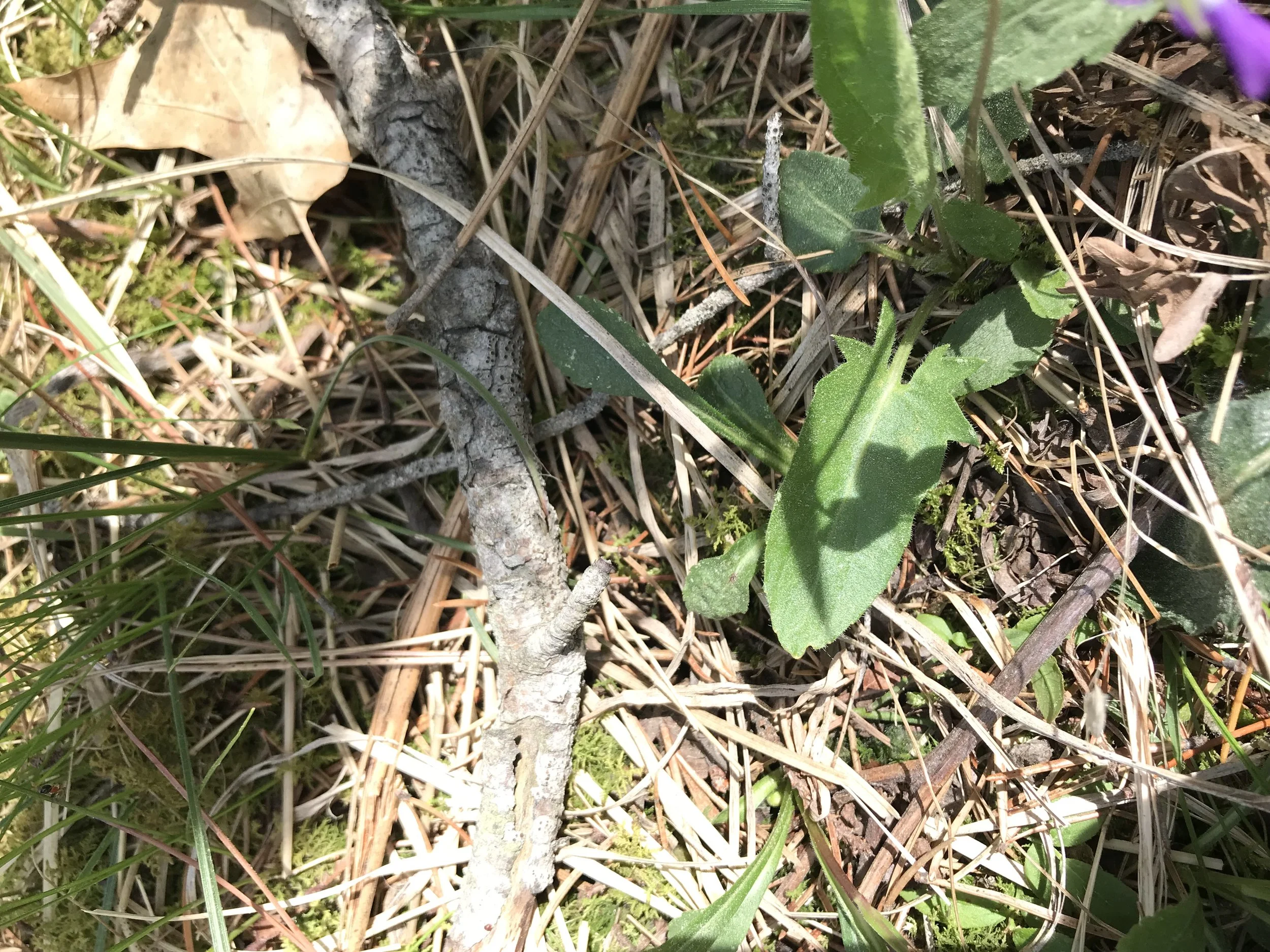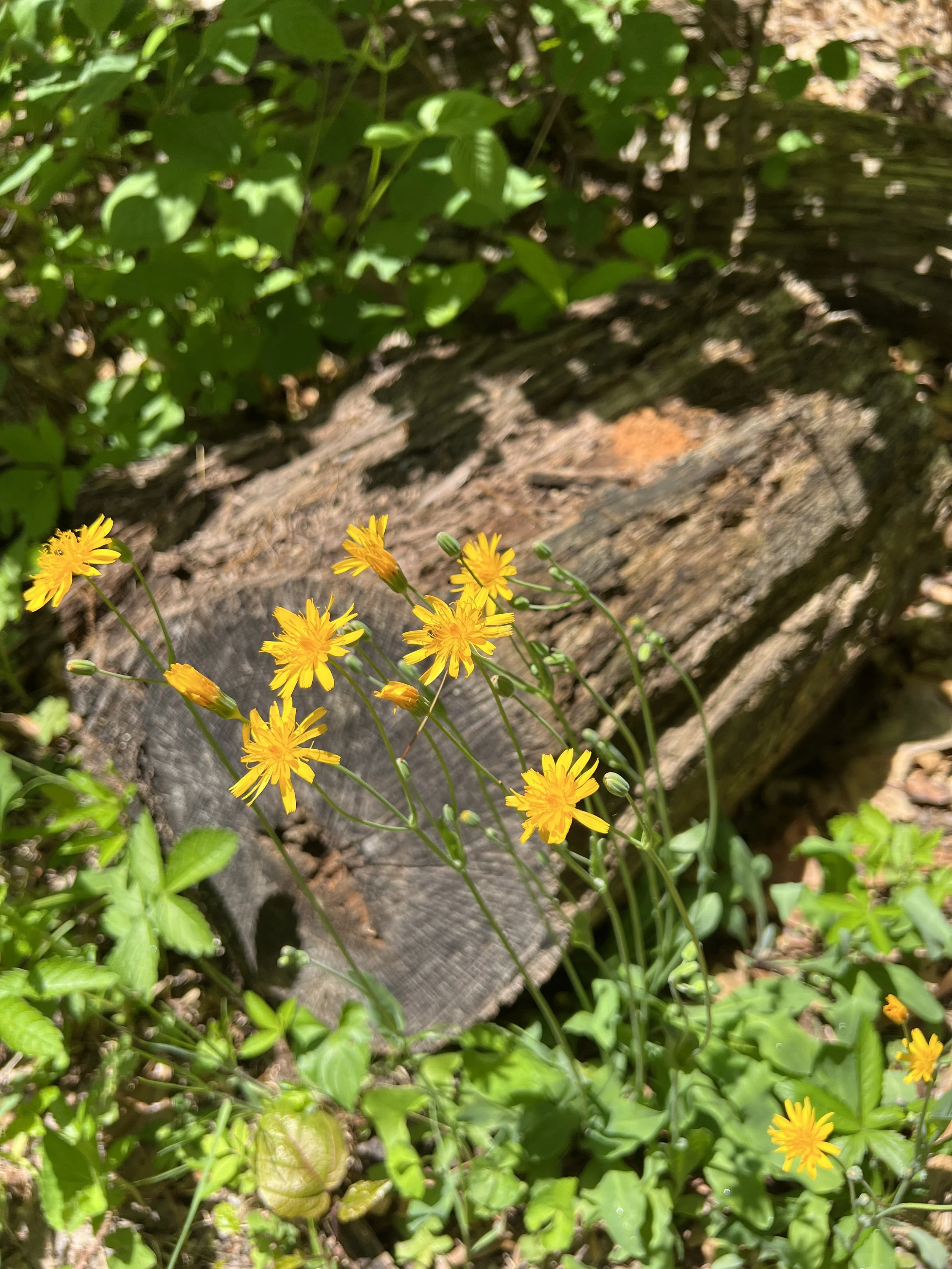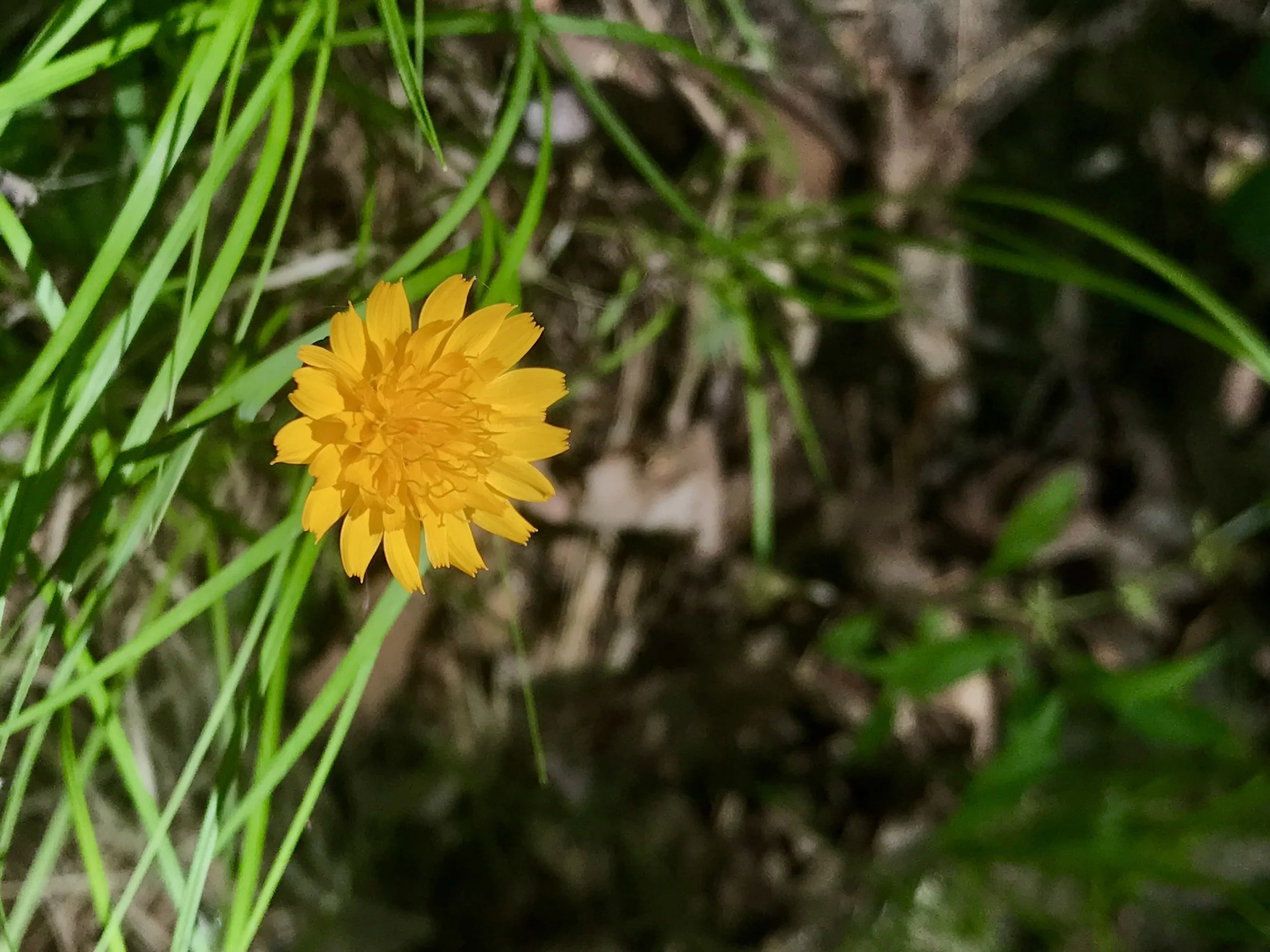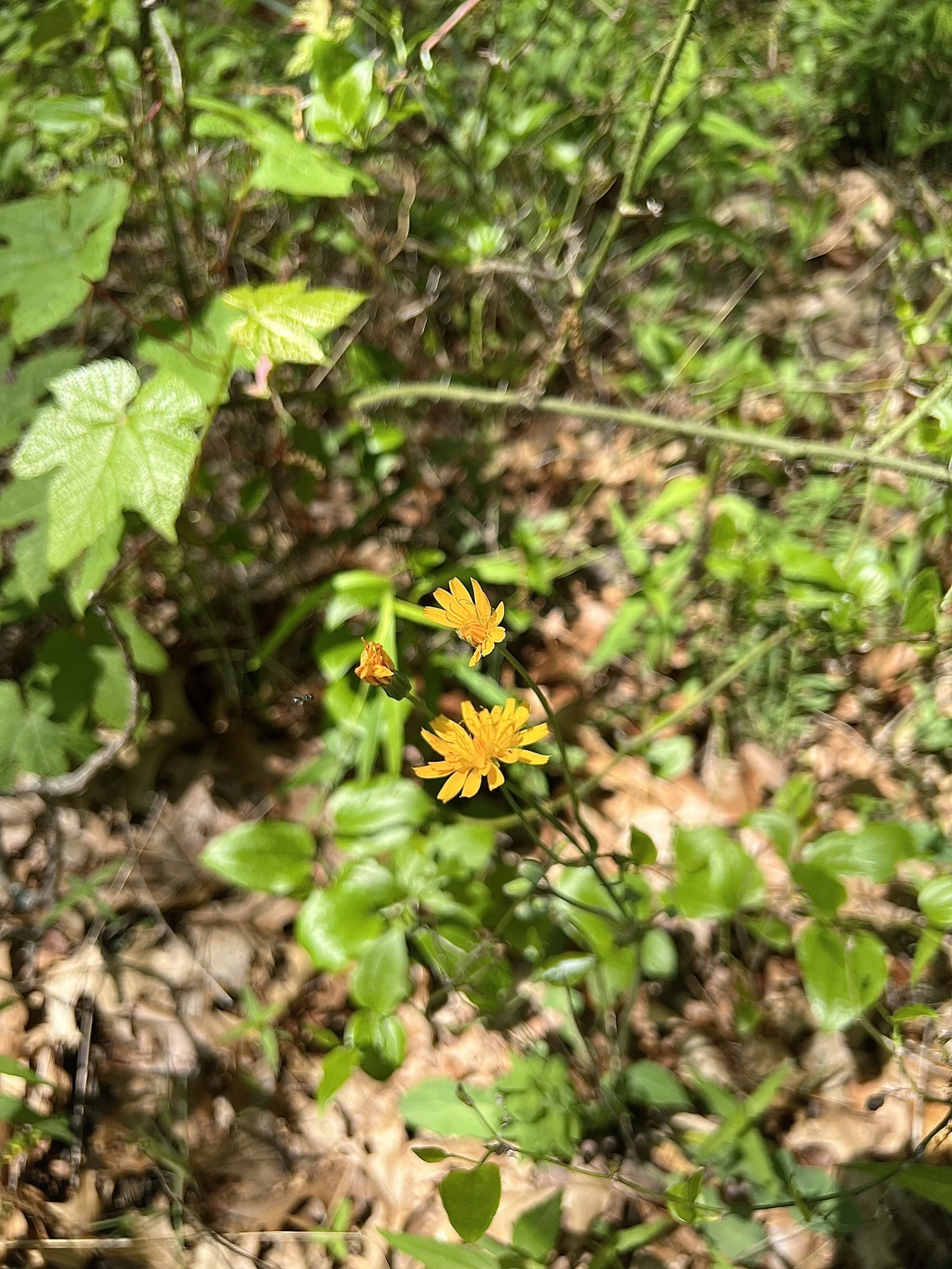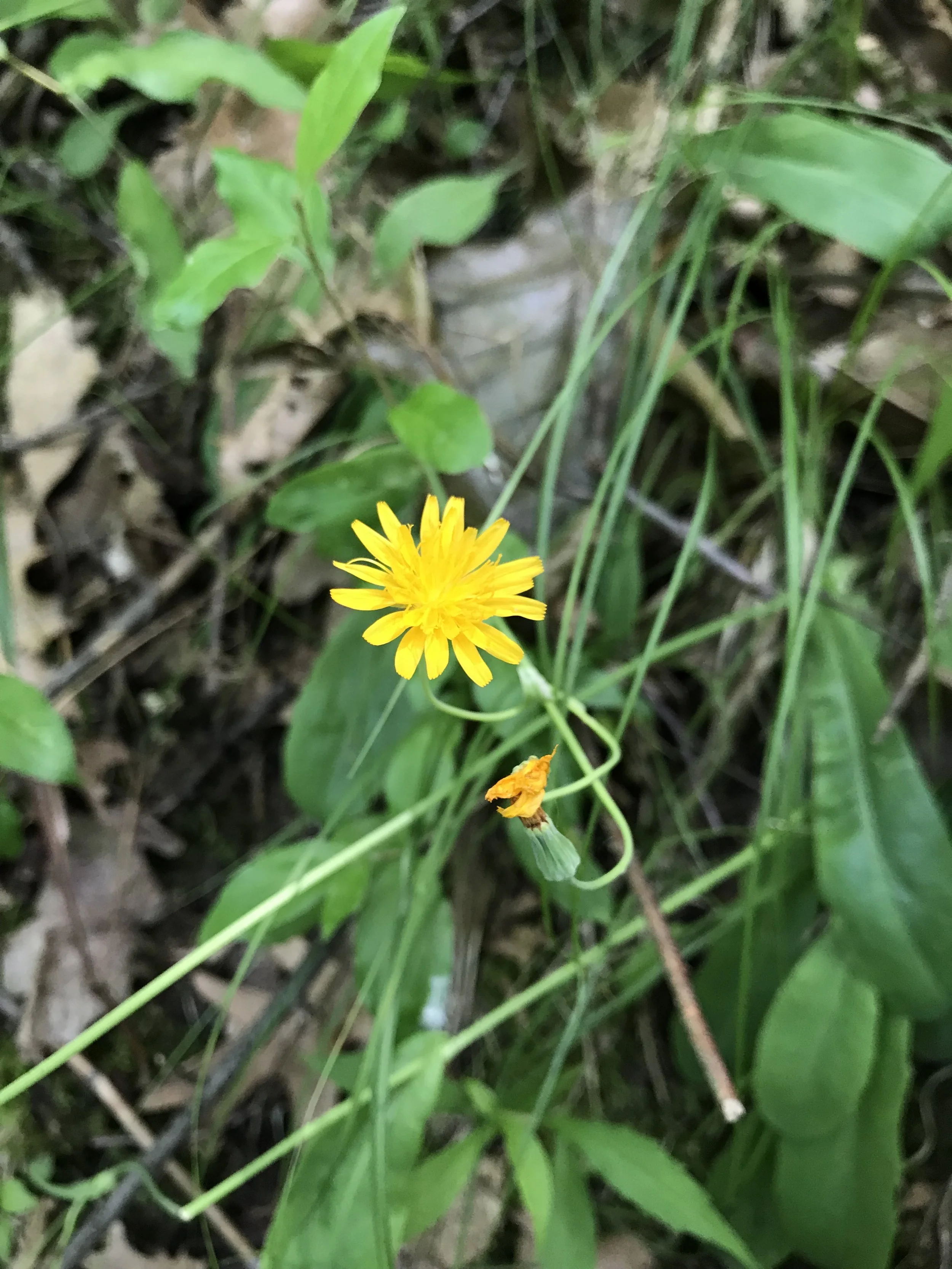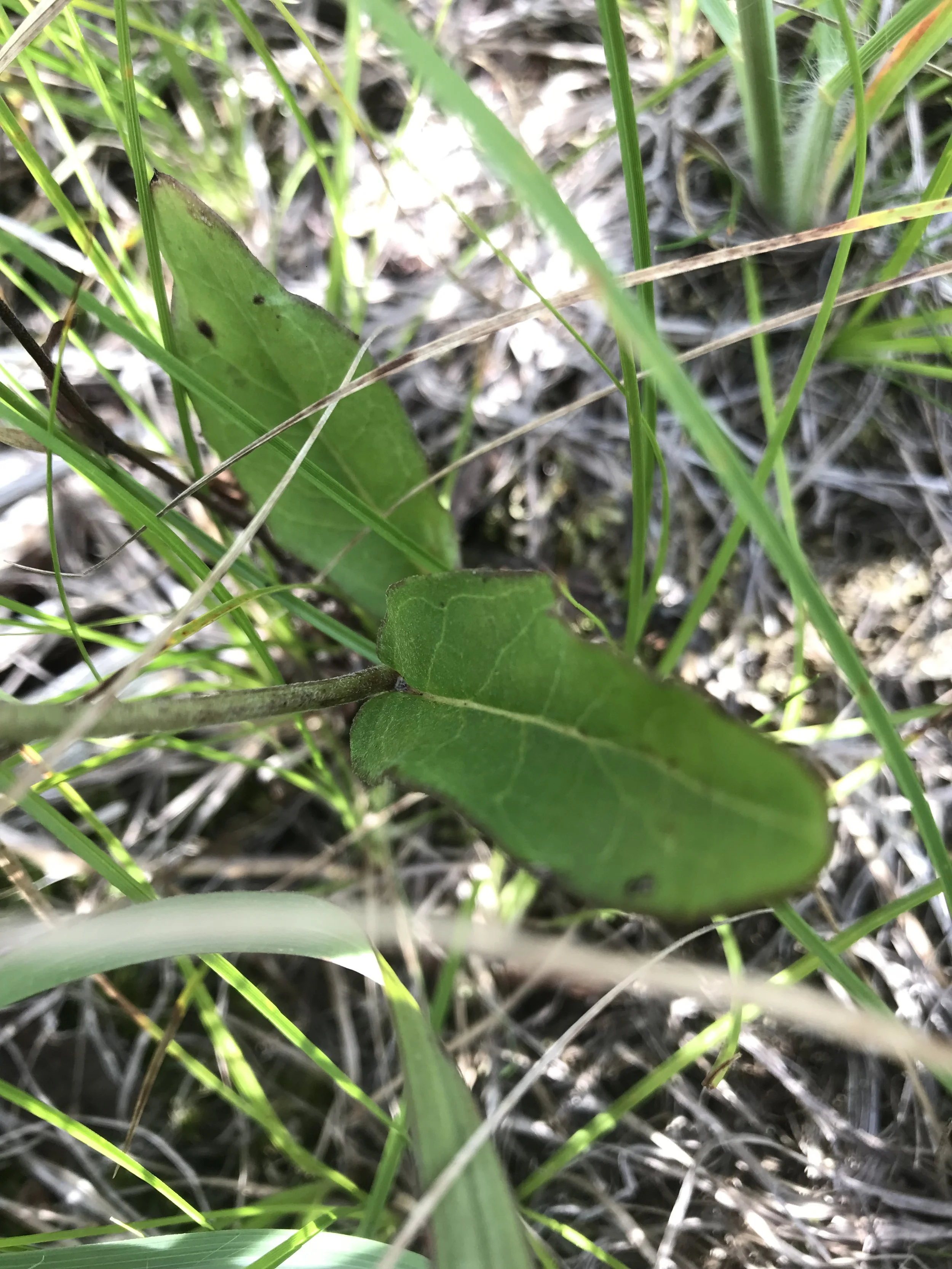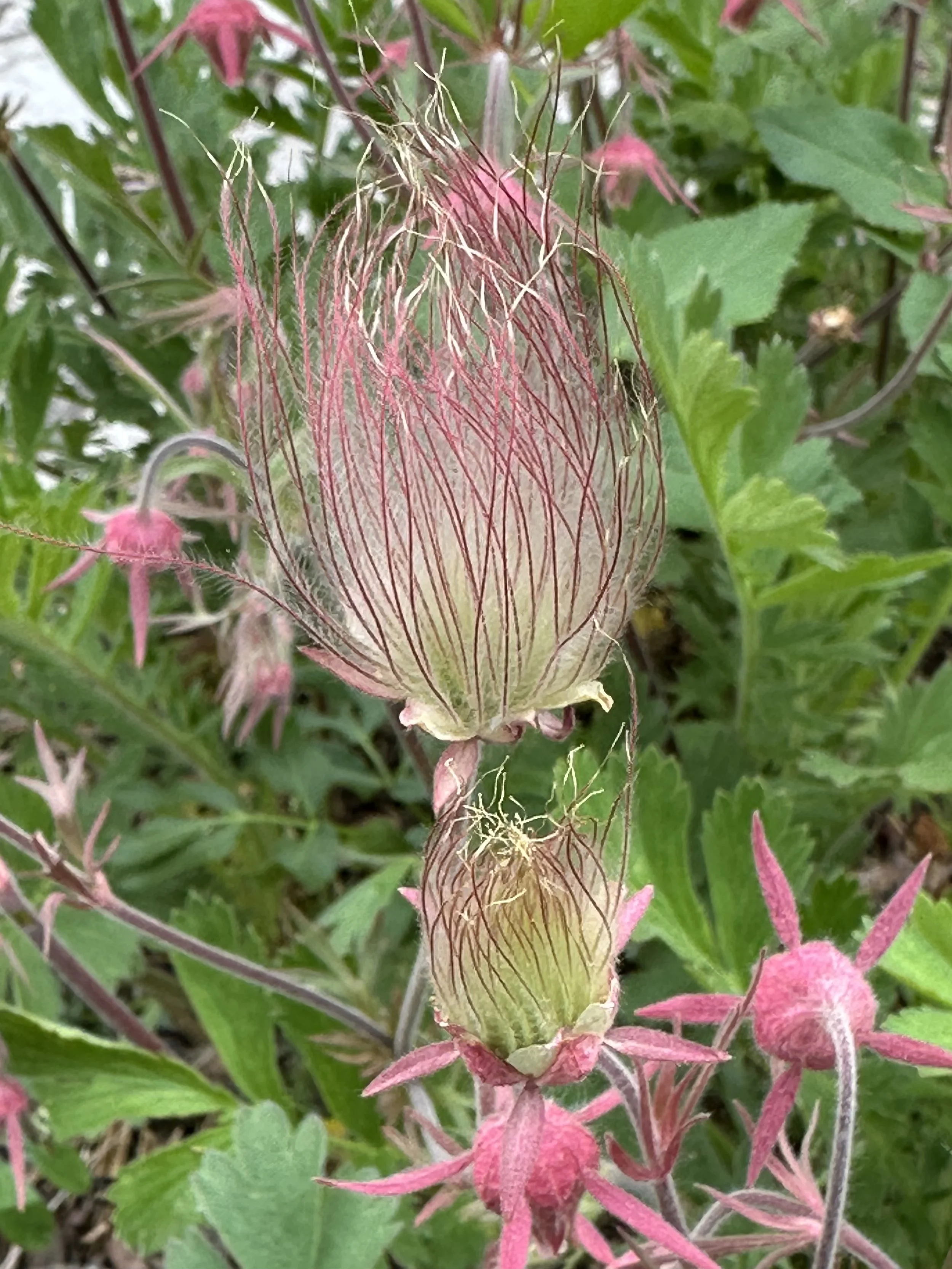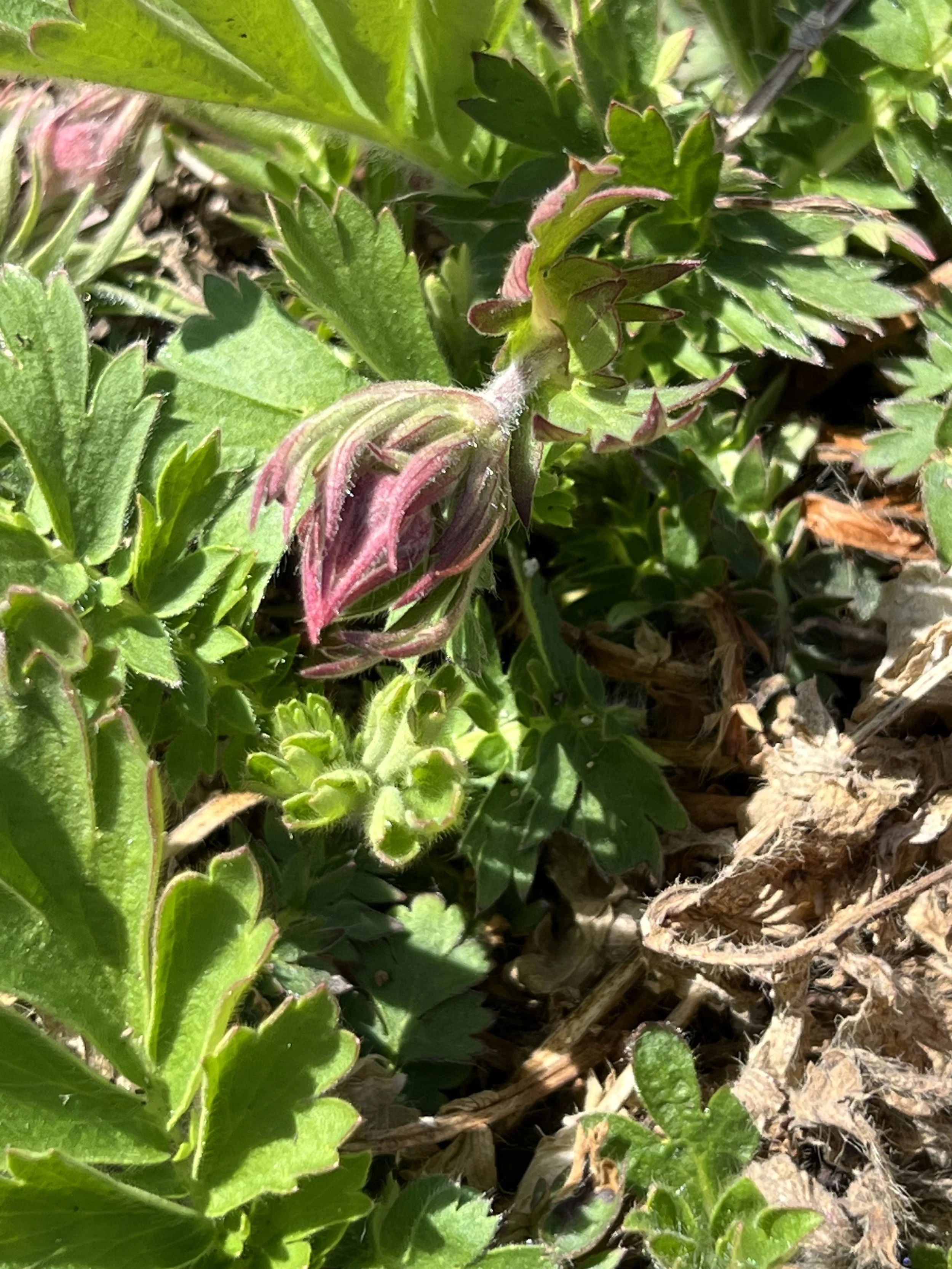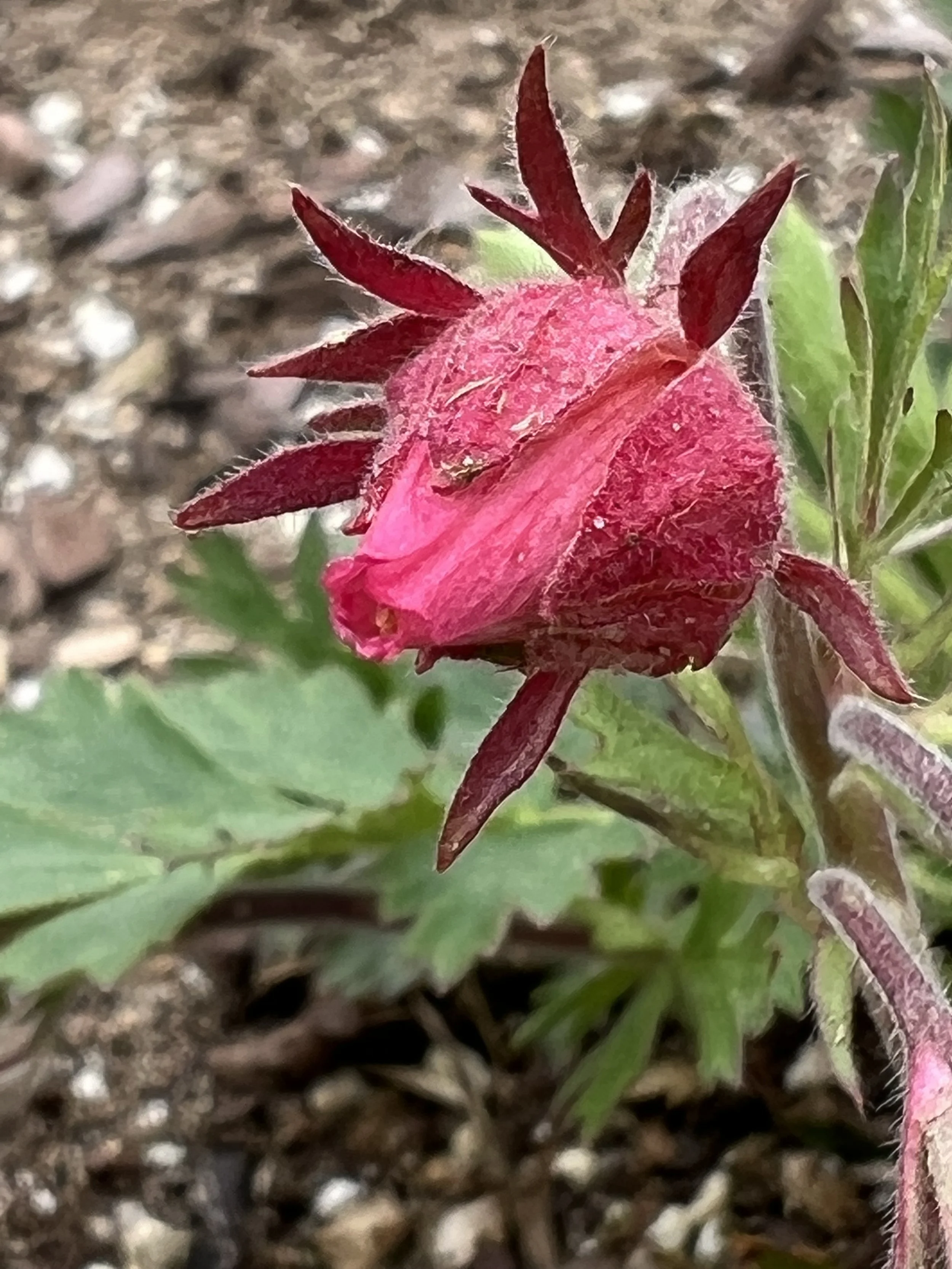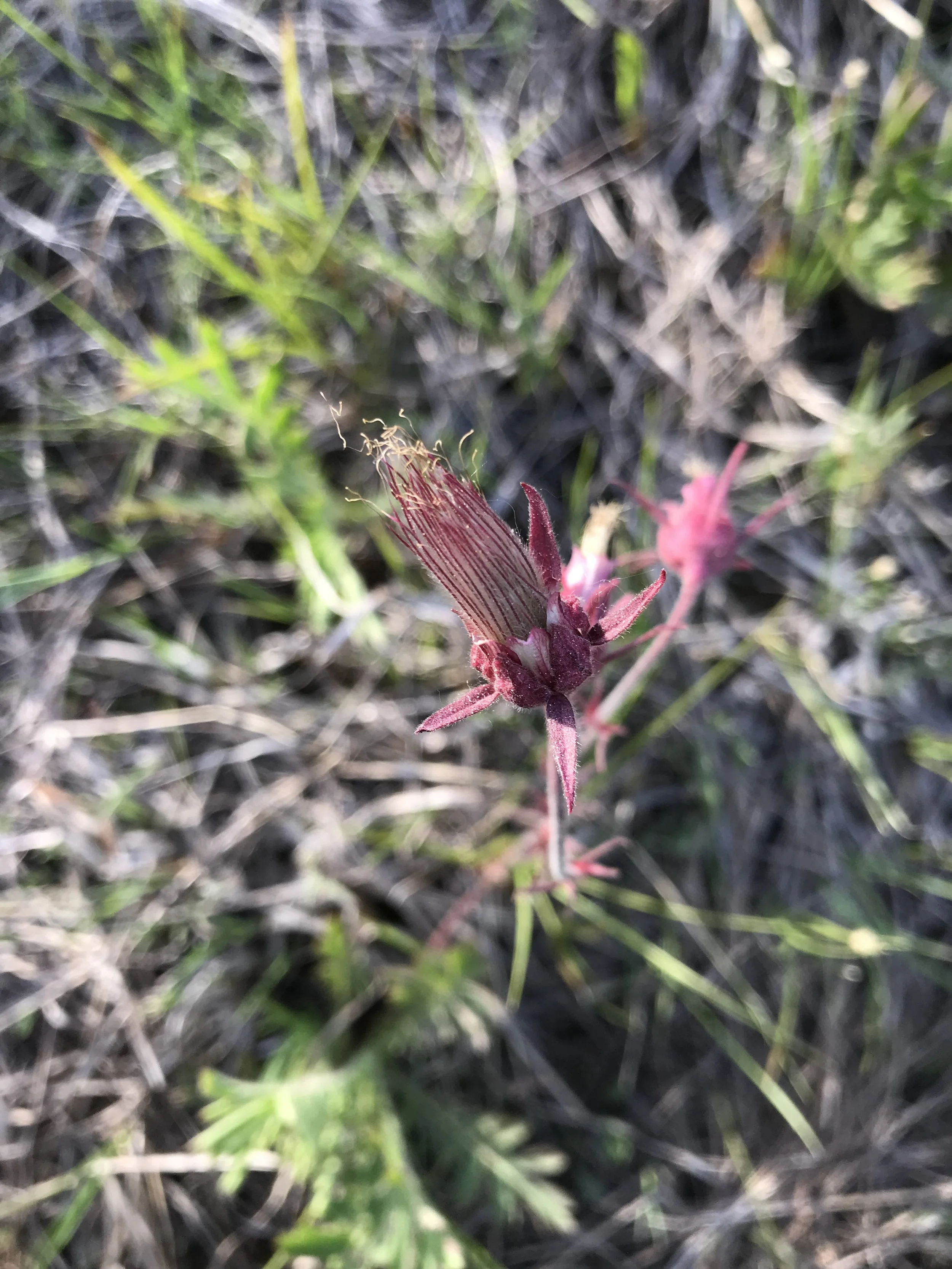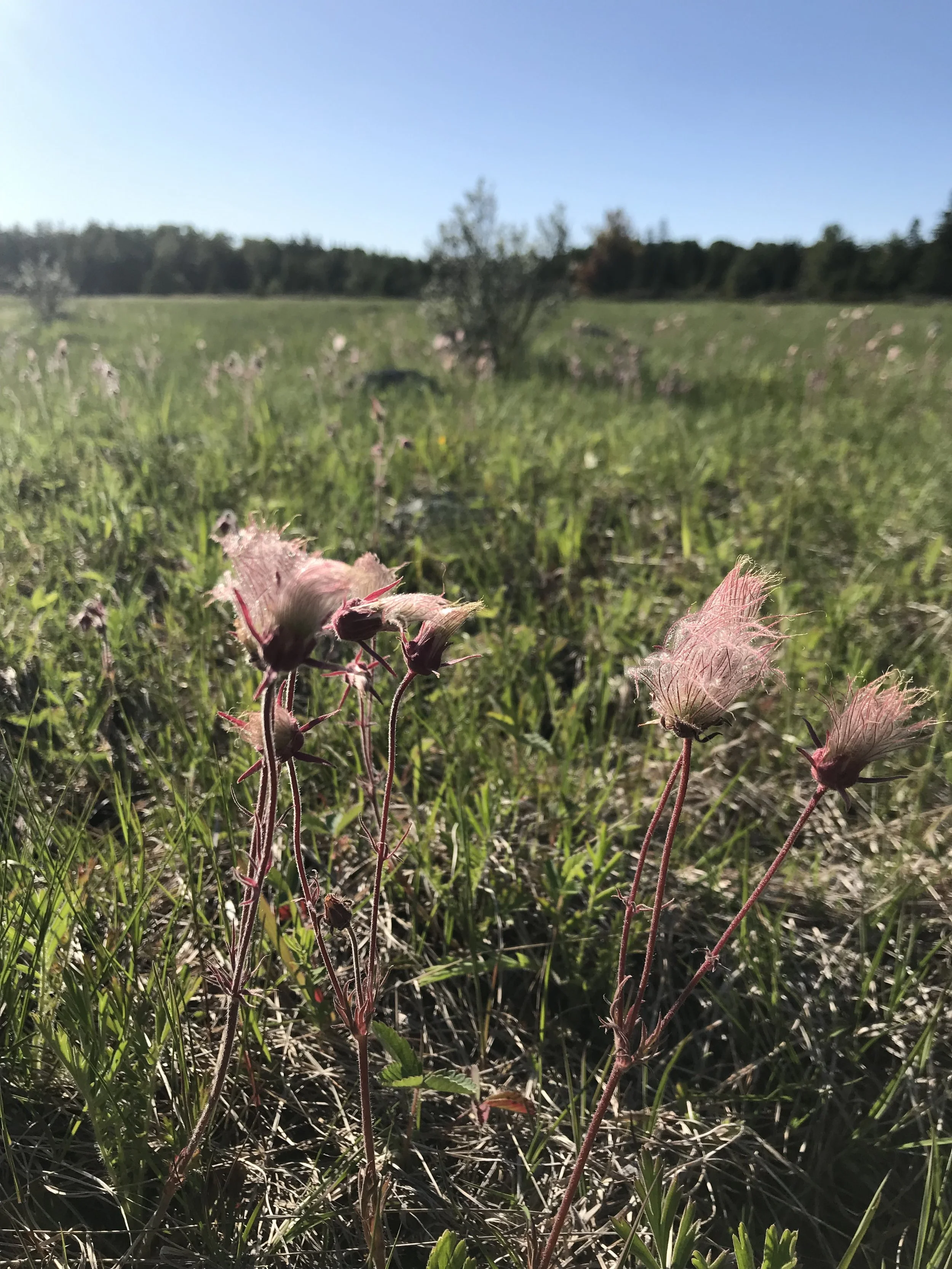 Image 1 of 5
Image 1 of 5

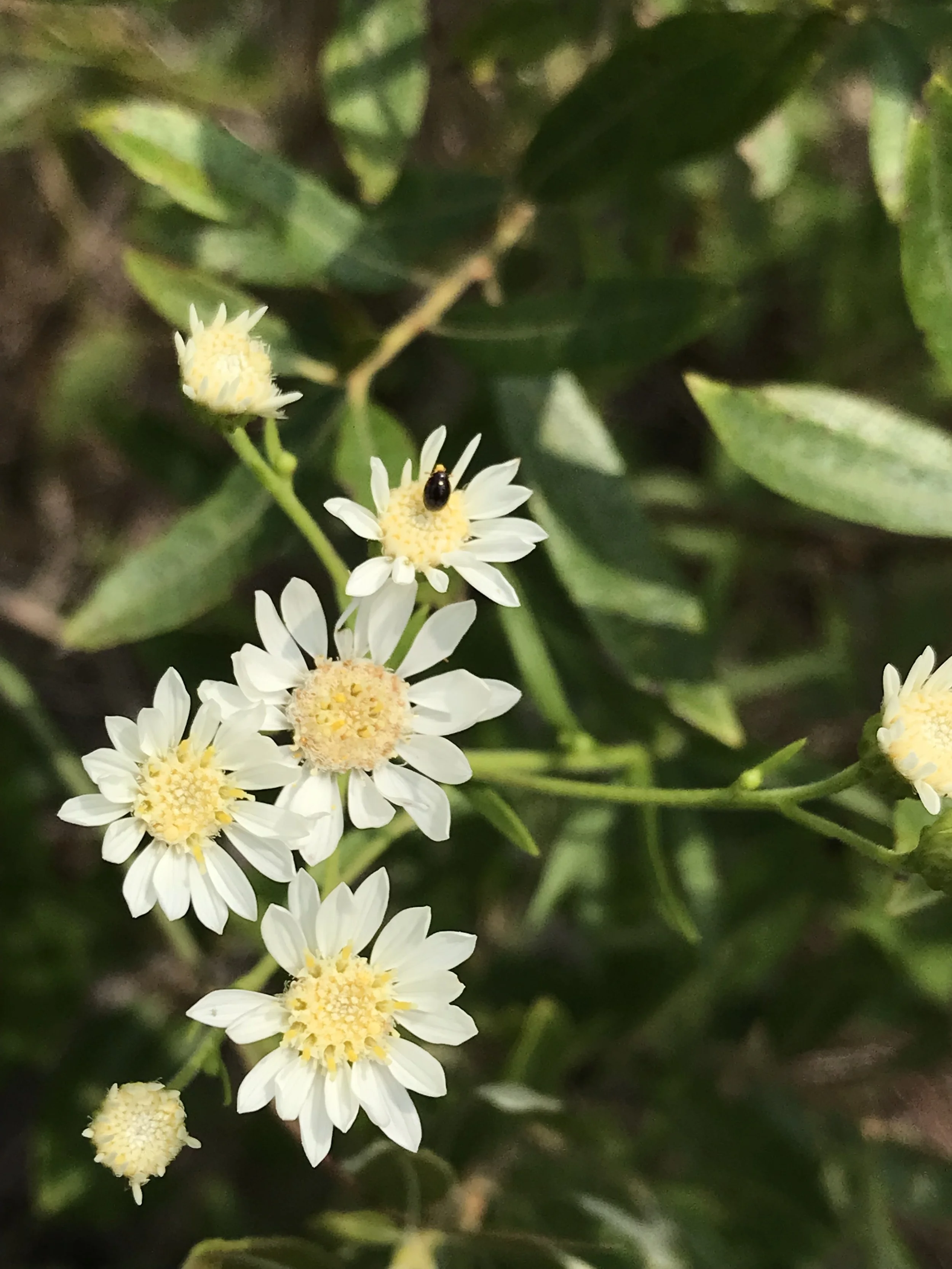 Image 2 of 5
Image 2 of 5

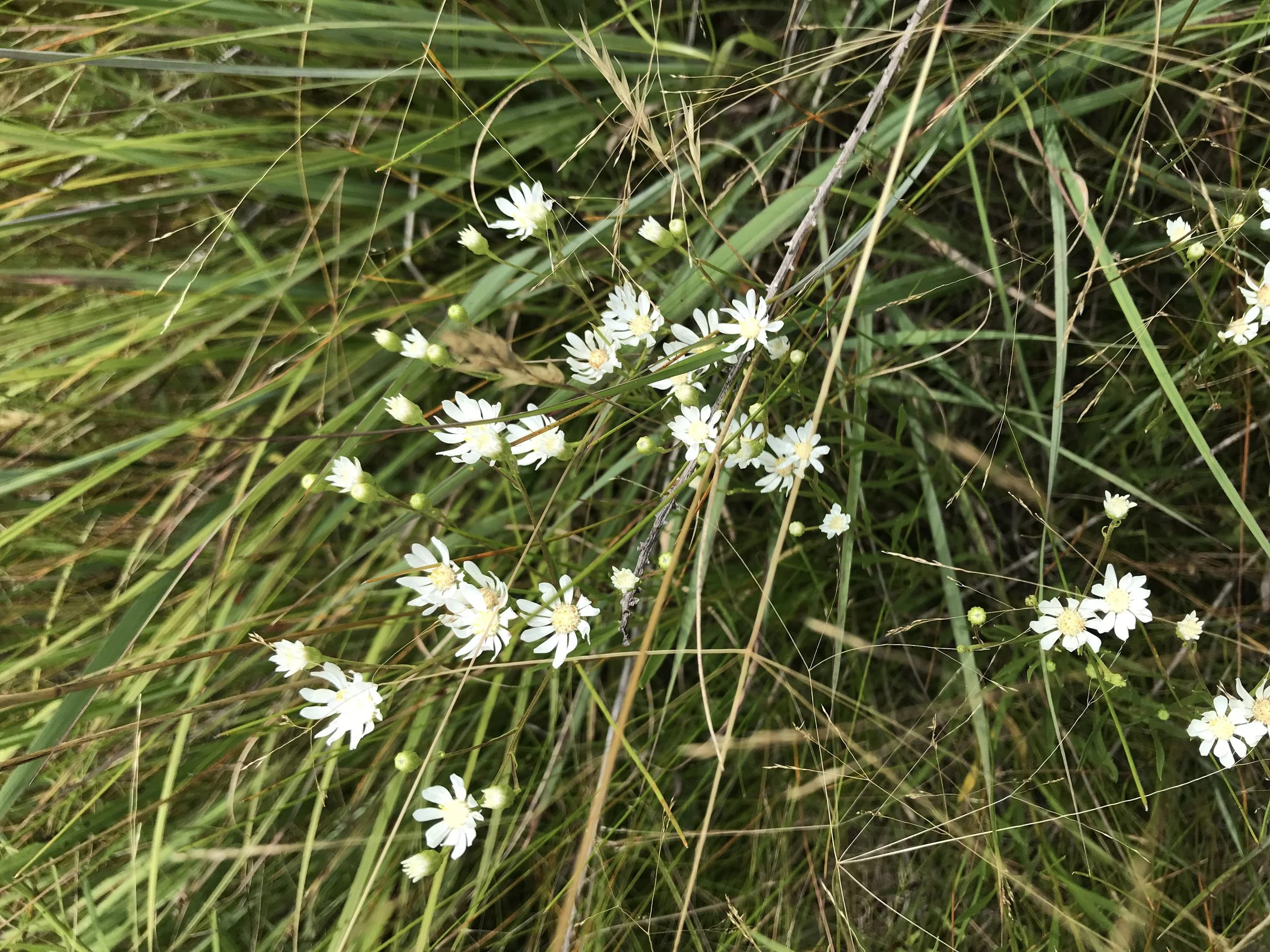 Image 3 of 5
Image 3 of 5

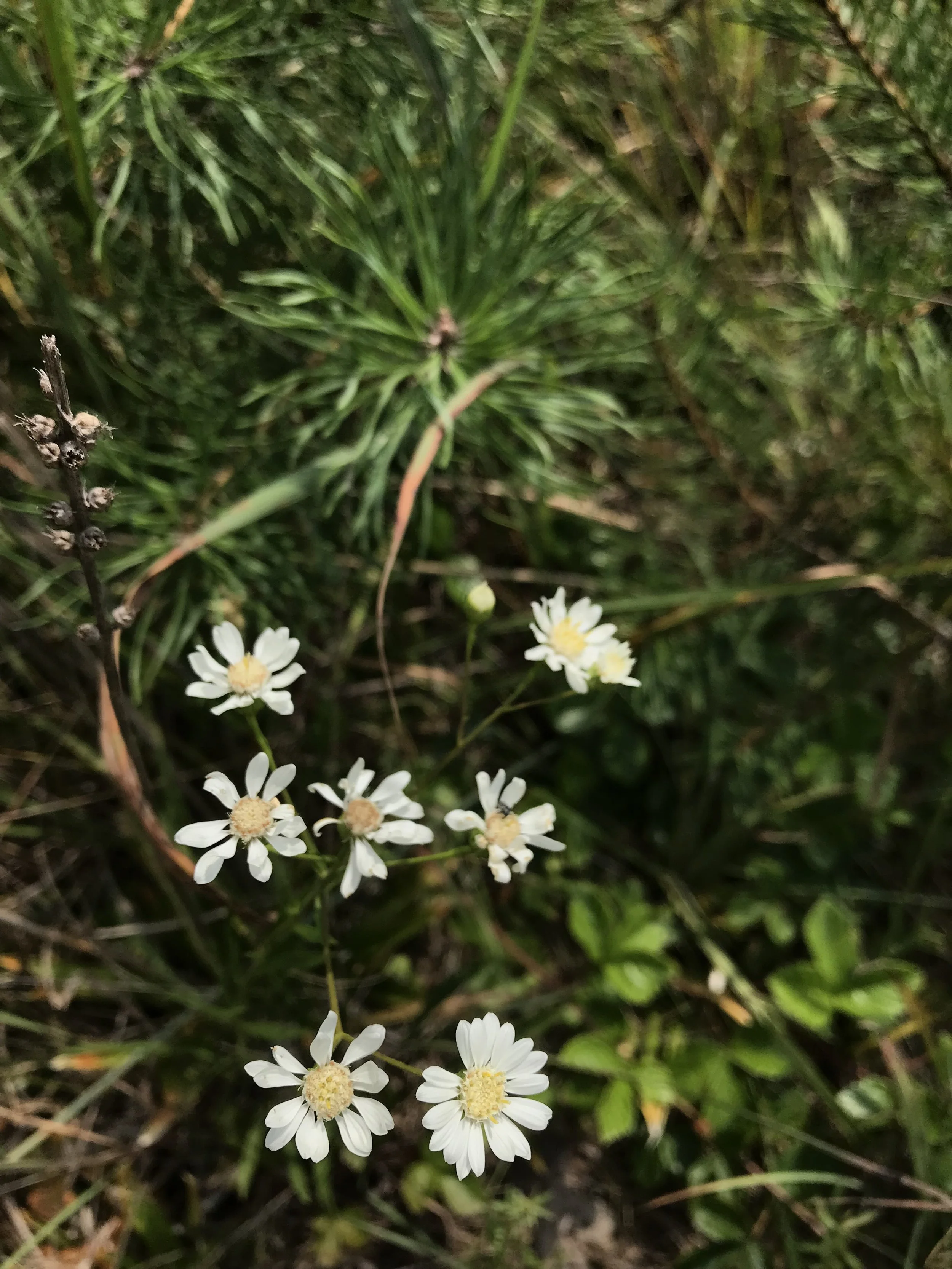 Image 4 of 5
Image 4 of 5

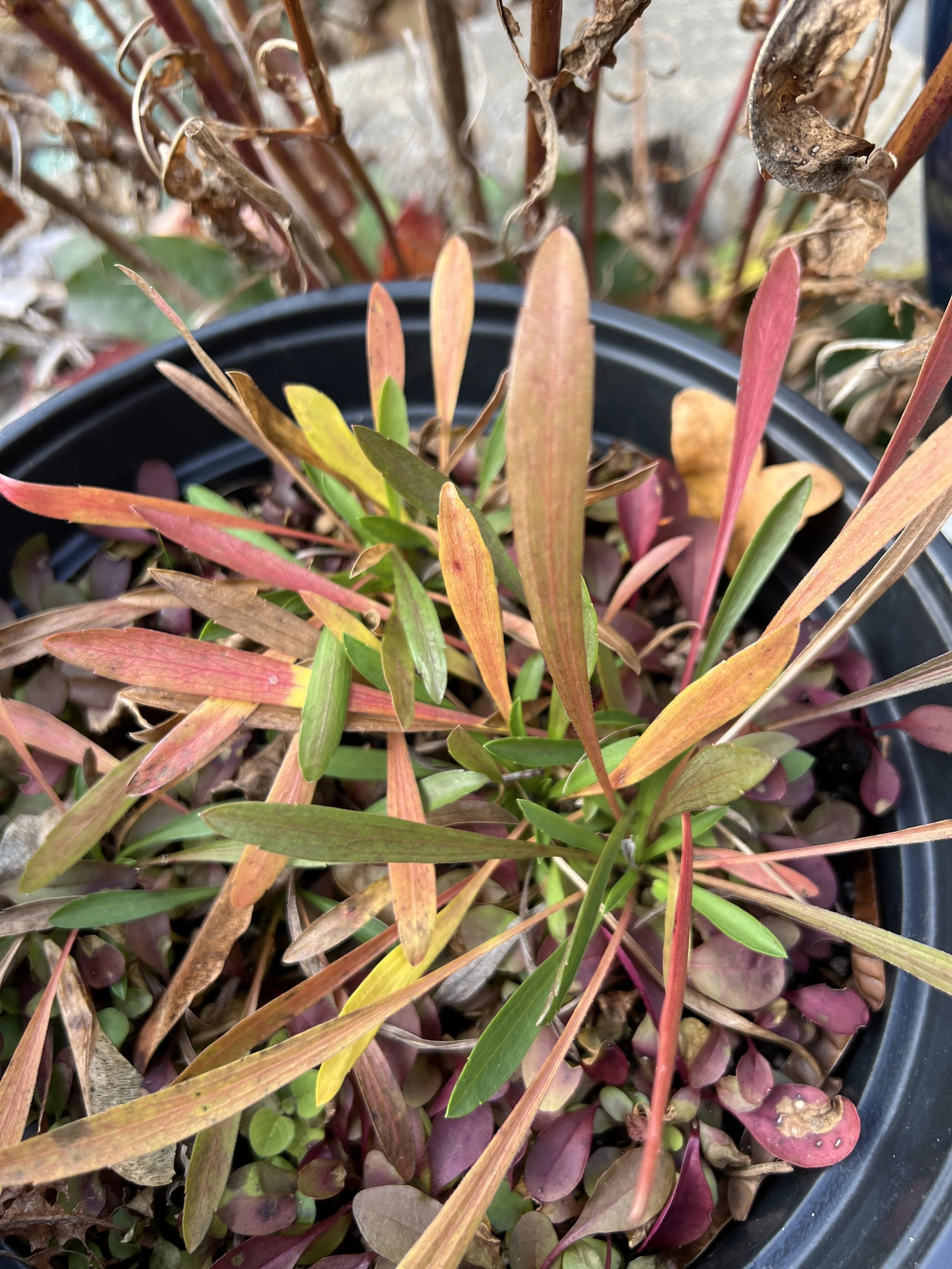 Image 5 of 5
Image 5 of 5






Upland White Goldenrod (Solidago ptarmicoides)
from $5.50
Sold Out
Upland White Goldenrod was thought to be an aster in times past! But, it was found to hybridize with goldenrods (specifically, Houghton’s goldenrod and Ohio goldenrod—other flat topped goldenrods), so it was reclassified to the Solidago genus (or Oligoneuron as some still classify it) .
This dainty plant grows from one to two feet tall. The leaves are long and thin. There are 3-60 flowers in a flat-topped formation, with white rays and a creamy center. Truly lovely! It blooms from July to September and ranges throughout Michigan but it isn’t common in southern Michigan. It is a plant of fens, alvars, sandy prairies and Lake Superior rocky shores.
I have seen this plant in full sun, but Minnesota Wildflowers indicates that it can also grow in part shade, so maybe on the edge of a woodland garden.
As “upland” is in its name, it does fine in drier soils.
There is special interest for this plant since the leaves turn rainbow colors in the fall!
Upland White Goldenrod (Solidago ptarmicoides)
Michigan Flora reference page for state distribution: Upland white goldenrod
Height: 1-2’
Bloom time: June-August
Soil: loam, sand, medium-dry
Sun: full sun to part shade
Plant spacing: 1’
Flower: white with cream center
Life cycle: perennial
Family: Asteraceae
Michigan native: yes
Seed source: Michigan
Sizes:
Get notified by email when this product is in stock.
Upland White Goldenrod was thought to be an aster in times past! But, it was found to hybridize with goldenrods (specifically, Houghton’s goldenrod and Ohio goldenrod—other flat topped goldenrods), so it was reclassified to the Solidago genus (or Oligoneuron as some still classify it) .
This dainty plant grows from one to two feet tall. The leaves are long and thin. There are 3-60 flowers in a flat-topped formation, with white rays and a creamy center. Truly lovely! It blooms from July to September and ranges throughout Michigan but it isn’t common in southern Michigan. It is a plant of fens, alvars, sandy prairies and Lake Superior rocky shores.
I have seen this plant in full sun, but Minnesota Wildflowers indicates that it can also grow in part shade, so maybe on the edge of a woodland garden.
As “upland” is in its name, it does fine in drier soils.
There is special interest for this plant since the leaves turn rainbow colors in the fall!
Upland White Goldenrod (Solidago ptarmicoides)
Michigan Flora reference page for state distribution: Upland white goldenrod
Height: 1-2’
Bloom time: June-August
Soil: loam, sand, medium-dry
Sun: full sun to part shade
Plant spacing: 1’
Flower: white with cream center
Life cycle: perennial
Family: Asteraceae
Michigan native: yes
Seed source: Michigan
